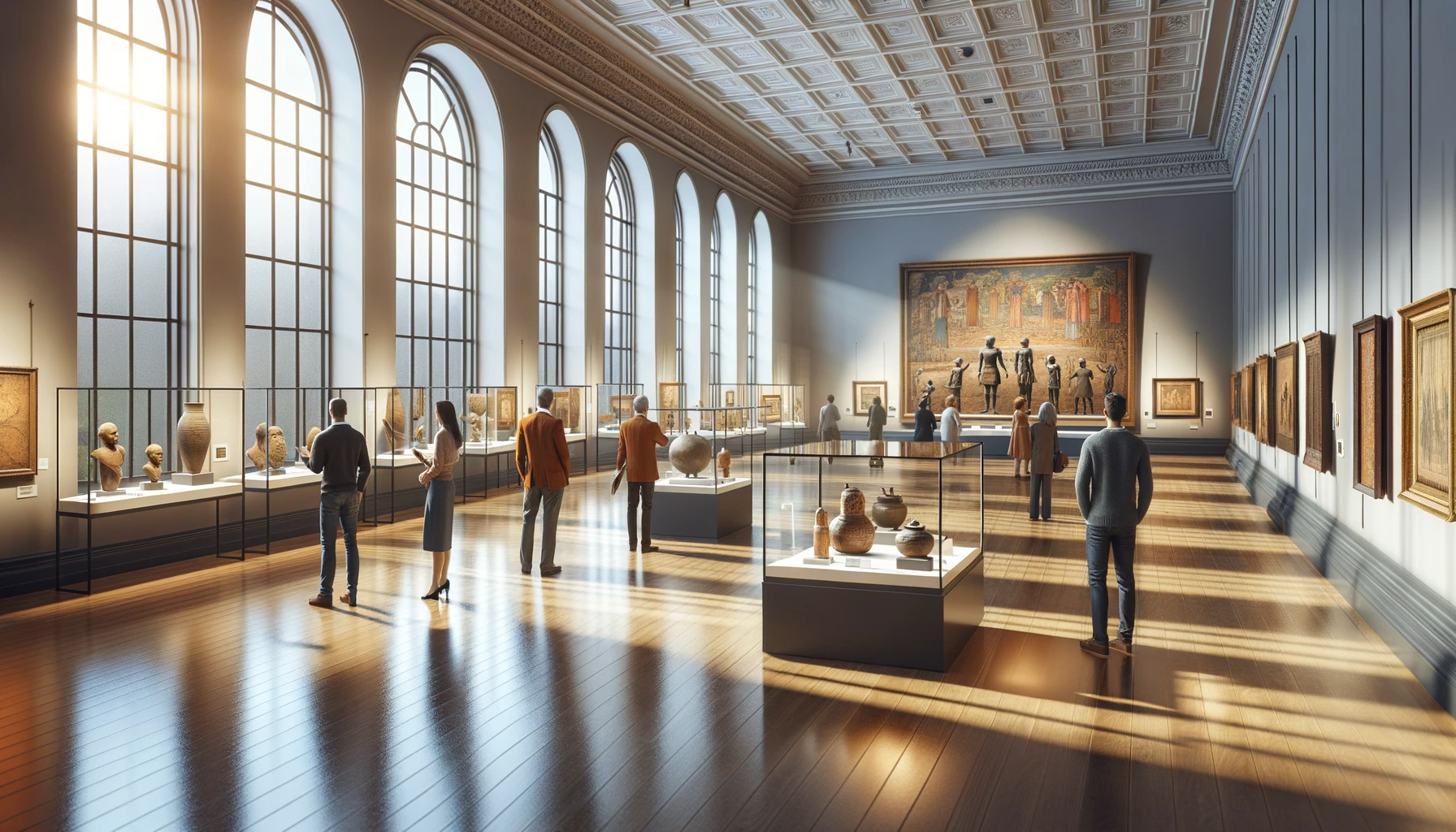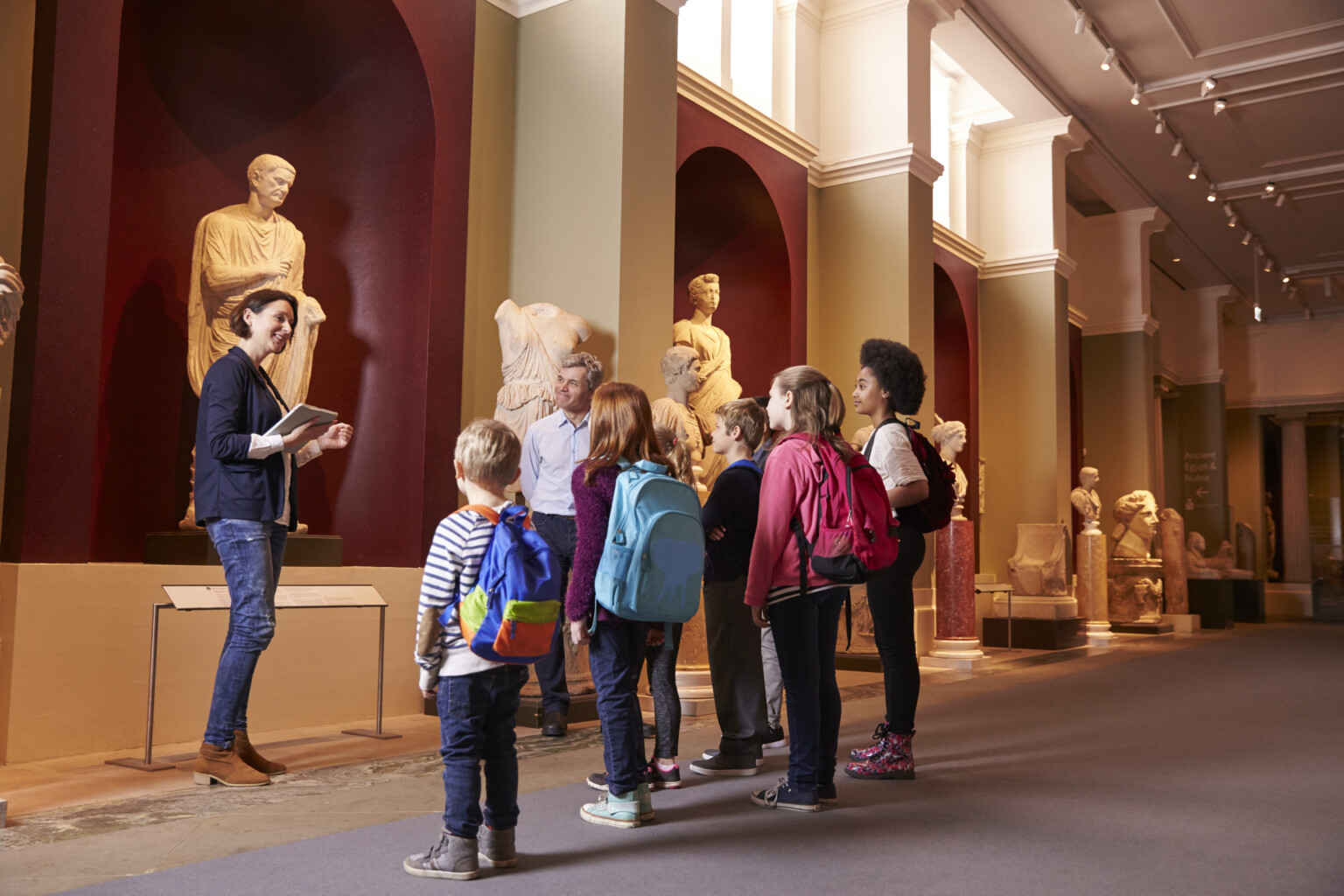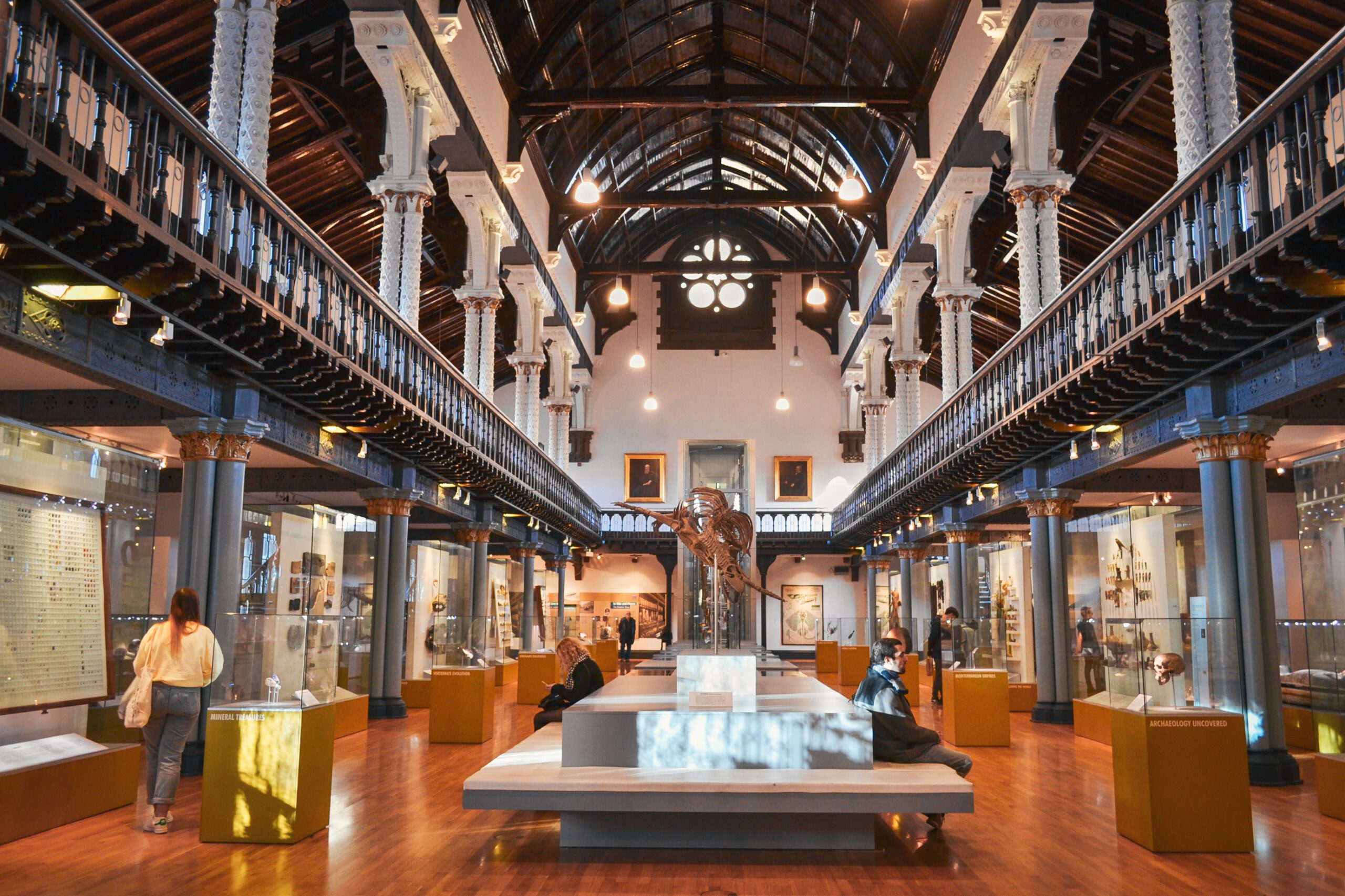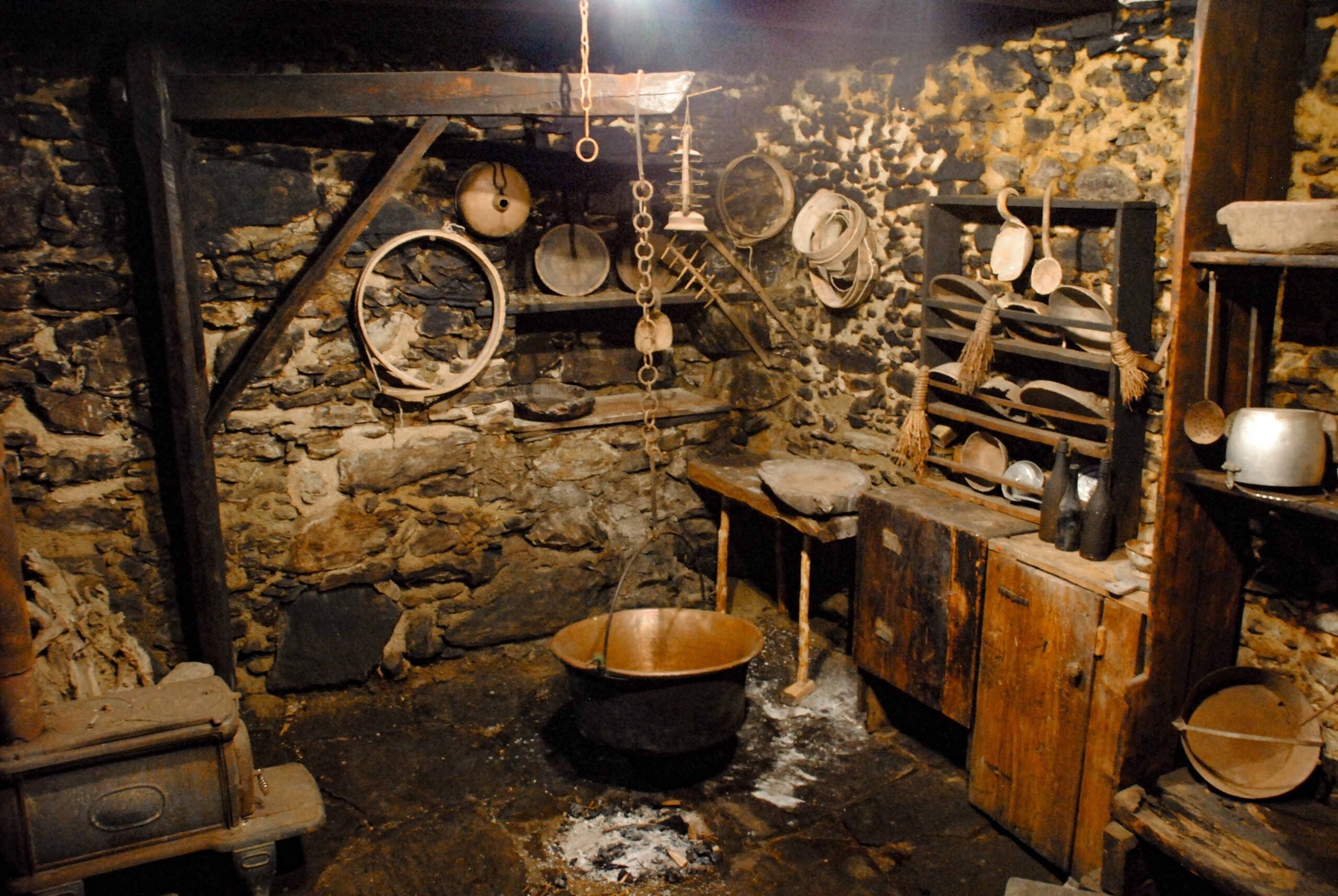CEIPO: Online Heritage Interpretation Experience Centers
DRAFT IN WRITING STAGE
Reference Page: Special Heritage Interpretation (Heritage Interpretation)
CEIPO project
The project provides for the online publication of all organizations that offer experiences in the form of cultural heritage interpretation paths: Museums, Ecomuseums, Parks and Nature Reserves, Laboratories and Educational Centres, Visitors Centers, Educational Farms, etc.
The procedure specifying the methods of inclusion in the archives associated with the project will be published shortly. The insertion of data in the cards is free and the management of the data can be completely autonomous (WikiWeb) by the. Here are just a few items
Who are the CEIPs
Compilation and modification of the Forms
Data entry into the forms is free and data management can be completely autonomous (WikiWeb) by the Organizations concerned.
Populating the Archives.
- Pre-compilation of the form (only essential and non-sensitive data) following a request from the individual interested parties or carried out by the editorial staff on the basis of information from public directories or web presence by Professionals, Bodies or Organizations.
- Completion of data by and under the responsibility of the owners of the forms who will be able to make changes to the pre-compiled forms.
The request to pre-fill the form can be done by sending an email to redazione@itinerariesperienziali.it
It is always possible to ask for control of the cards so that you can manage your data independently. It is also possible to request the removal of one's profile by simply sending an email to redazione@turismoartiespettacolo.it
Detailed information on how to enter the Professionals Database: Instructions for inserting databases
Principles of experience and interpretation of cultural heritage
- 1: Multisensory Approach: Does the experiential path include multisensory activities (involvement of the senses: sight, hearing, touch, smell and, where possible, taste)?
- 2: Cultural Approach: Does the experiential path allow you to deepen your knowledge of elements of local identity?
- 3: Uniqueness: Does the experiential path have characteristics of uniqueness?
- 4: Relational approach: is the experiential path based on human relationships?
- 5: Direct participation: does the experiential path foresee the direct participation of the guest in some activities?
- 6: Experiential learning: does the experiential path foresee a learning phase through the direct participation of the guest in some activities?
- 7: Thematic approach: each experiential path is built starting from a theme that characterizes it and which constitutes its common thread
- 8: Aesthetic approach: the aesthetic approach is one of the elements, together with that of direct participation, at the basis of the concept of "immersion". The events that constitute "the staging of the experience" must be designed in such a way as to give importance to all the aspects that can influence the aesthetics: the atmosphere, the sense of beauty, the place chosen for the experience, the plot (screenplay) which must be consistent with the chosen theme and the identified place.
- 9: Entertainment: the experiential path should also include moments of entertainment that enrich the experience and make it pleasant.
- 10: Immersion: The principle of immersion is actually the direct consequence of the application of the principles of direct participation in a multisensory context and an aesthetic approach. Immersive techniques can be implemented to create a scenic environment that increases the level of immersion within the experiential journey.
- 11 Revelation (hermeneutic communication): Interpretation is a hermeneutic communicative process (whether art or discipline), which aims to reveal the deepest meaning of things. Revelation occurs through the transformation of the visitor's personal interpretative experience
- 12 Provocation (communication based on provocation): the communicative process that allows the interpreter to reveal (not teach) and the participant of the path of experience to discover (not to learn) takes place thanks to the provocation, on the part of the interpreter, of the participants' curiosity and involvement.
- 13 Systemic approach (holistic view): The interpretation must take place with a holistic approach, it should take into account all the aspects, the relationships and links between the participants, the well (or phenomenon) interpreted and the context in which one finds the three elements at the base of the interpretation: the interpreter, the good (or phenomenon) and the participant.
- 14 Tailored Approach: The interpretation must take into account both the target of the final users: age, schooling, social context of belonging, and other variables such as expressed and implicit needs of the users themselves. For each target identified, the following must be identified: specific themes, methods and programmes.
- 15 Creative approach: The interpretation process must precede a communicative style that must involve the whole dynamic of thought, describing places and facts in a creative and engaging way and using interpretative techniques such as storytelling and creative writing
- 16 Interpretation based on facts: Interpretation must originally have concrete facts and places. The information on which the interpretation is based must be based on in-depth and quality data and information
- 17 Simplicity and communicative coherence: Interpretation must include language that is not overly technical, lengthy or irrelevant to the context to be interpreted
- 18 Emotional connection (passion): The interpreter must love the object of the interpretation, the result of the interpretation is strongly correlated to the passion and emotional connection that binds the interpreter and the phenomenon to be interpreted.
The first ten principles are nothing more than the principles of the experiential path. An Interpretation Path is an experiential path (not the other way around) and is made up of a purely experiential component (principles 1 to 10) and a purely interpretative component (principles 11 to 18). For more information on these concepts, see the article: The Principles of Cultural Heritage Interpretation
In relation to the experiential and interpretative principles, the following levels are taken into consideration:
Levels of Cultural Experiences
- Cultural experience: "It is a multisensory experience, which has unique characteristics and which allows you to deepen your knowledge of local identity elements"
- Authentic Cultural Experience: It is a multisensory, unique, thematic experience based on human relationships, which allows the understanding of elements of local identity through the direct participation of guests in the activities that make up the experience”
- Full Cultural Experience (or Cultural Experience of Excellence): "It is a multisensory, unique, thematic, aesthetic, immersive and entertaining experience, based on human relationships, which allows the understanding of elements of local identity through the direct participation of guests in the activities that make up the 'experience"
Typology of experiences and applied principles
Cultural experience (level I): Principles 1, 2, 3
Authentic Cultural Experience (II level): Principles 1, 2, 3, 4, 5, 6, 7
Full Cultural Experience (III level): Principles 1, 2, 3, 4, 5, 6, 7, 8, 9, 10
Levels of Interpretation
- Simple interpretation (first level): application of principles 1, 2, 3, 11, 12, 13, 16
- Authentic interpretation (second level): application of principles 1, 2, 3, 4, 5, 6, 7, 11, 12, 13, 16
- Full interpretation (third level): application of principles 1, 2, 3, 4, 5, 6, 7, 8, 9, 10, 11, 12, 13, 14, 15, 16, 17, 18
Method of Assignment Heritage Interpretation Experience Center and (CEIP) and Interpretive Ecomuseums
In the database the Category of Interpretive Ecomuseums and Heritage Interpretation Experience Centers (CEIP) will be assigned only to structures recognized by the editorial staff as such.
The procedure indicating the methods of requesting and recognizing an interpretative ecomuseum and CEIP center will be published shortly. The procedure that will contain the minimum requirements for recognition
The factors of the interpretative Ecomuseum (what, who, for whom, with whom, where, how, why)
- Cultural heritage (what)
- Community (who, for whom, with whom)
- Territory (where)
- Participants (for whom)
- Interpretation (as)
- Participation (how)
- Sustainability (how)
- Accessibility (how)
- Enhancement (why)
- Protection (why)
- Local development (why)
- Institution (who)
Note: all interpretive ecomuseums are recognized as CEIP centres
In relation to the principles of interpretation, three distinct levels will also be classified:
- CEIP-I (First Level Heritage Interpretation Experience Center): Center that respects the principles of interpretation for simple interpretation (interpretative principles: 1, 2, 3, 11, 12, 13, 16)
- CEIP-II (Second level Heritage Interpretation Experience Center): Center that respects the principles of interpretation for authentic interpretation (interpretative principles: 1, 2, 3, 4, 5, 6, 7, 11, 12, 13, 16)
- CEIP-III (Third level Heritage Interpretation Experience Center): Center that respects the principles of interpretation for full interpretation (interpretative principles: 1, 2, 3, 4, 5, 6, 7, 8, 9, 10, 11, 12, 13, 14, 15, 16, 17, 18)
To send a declaration of interest relating to CEIP recognition, send an email to experience@centrostudihelios.it
Highlights HI
Thematic courses on the Design of Experiences










